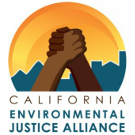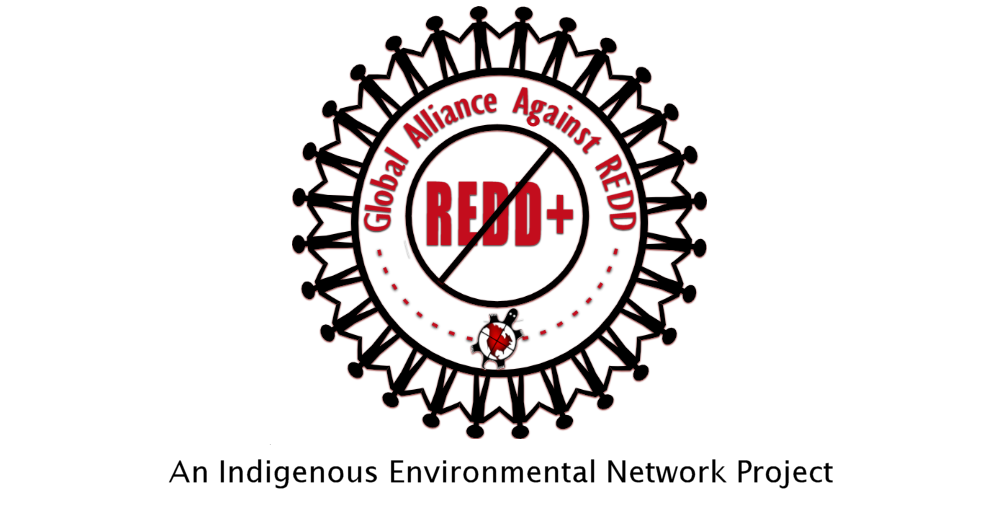By Chris Lang 15 March 2016
 AB 32 REDD, California’s Global Warming Solutions Act (or AB 32) requires California to reduce greenhouse gas emissions to 1990 levels by 2020. A cap and trade mechanism is part of AB 32. In 2013, the cap was set at 2% below the emissions forecast for 2013. In 2014, it was set at 2% lower.
AB 32 REDD, California’s Global Warming Solutions Act (or AB 32) requires California to reduce greenhouse gas emissions to 1990 levels by 2020. A cap and trade mechanism is part of AB 32. In 2013, the cap was set at 2% below the emissions forecast for 2013. In 2014, it was set at 2% lower.
Every year from 2015 to 2020, the cap reduces by 3%. The first thing to note about these emissions reductions targets is that they are pathetically low. Better than nothing perhaps, but not by much. AB 32 was passed in 2006. The first emissions reduction targets were seven years later.
In 2011, Kevin Anderson wrote that “Annex 1 nations need 8 to 10% p.a. emission reductions”, in order to “remain within their fair contribution to the 2°C carbon budget”. His analysis was based on recorded emissions from 2009/10, since when emissions have increased. By 2014, Anderson was arguing that reductions need to be more than 10% per year:
“if we are serious about avoiding the 2°C characterization of dangerous climate change, then those absolute reductions need to be in double figures (i.e. over 10% p.a.).”
(The “we” in Anderson’s sentence refers to “companies, governments and individuals, at least the wealthier among us”.)
The low targets are further weakened by the “trade” part of California’s cap and trade scheme. Instead of reducing their emissions, companies covered by AB 32 can buy carbon offsets to meet 8% of their emissions target. AB 32 sets limits for the total number of carbon offsets that can be used in each compliance period:
2013-2014: 25.8 MMtCO2e
2015-2017: 91.8 MMtCO2e
2018-2020: 83.1 MMtCO2e
In total, 200 million carbon offsets can be used between 2013 and 2020. That’s 200 million tonnes of greenhouse gas pollution that will not be cleaned up in California.
The companies that benefit from carbon offsets are some of the most polluting companies in California. Recently, the California Environmental Justice Alliance listed the top ten offset users in California:
The California Environmental Justice Alliance is a community-led alliance that works to reduce pollution in California. The organizations vision is a future in California without fossil fuels and dirty energy, where the lives of people and communities are more important than corporate profits, and without discrimination against low-income communities and communities of color.
The California Environmental Justice Alliance is campaigning against the inclusion of REDD offsets in California’s cap and trade scheme:
In reality, offsets are a huge loophole that give big corporations a cheaper way to pollute without making real emissions reductions on site – or at all. Offsets are also dangerous because they do nothing to reduce our burning of fossil fuels that cause irreversible damage to our biosphere.
REDD (Reducing Emissions from Deforestation and Degradation) are international offset projects that claim to preserve forests in tropical countries. Despite widespread critique of offsets and REDD, California is poised to adopt REDD forestry offset credits into its Compliance Offset Program in 2016.
The California Environmental Justice Alliance is encouraging people to write to the California Air Resources Board opposing REDD.
An infographic explains why:
The California Environmental Justice Alliance puts forward the following arguments against REDD:
Why do we need to keep REDD out of California?
1. Big Businesses Win While Communities Suffer
Since California’s top offset buyers are the state’s most profitable oil companies and big utilities, those standing to gain the most from REDD are big corporations, carbon consultants (offset brokers), and speculators. Offsets also discourage California-based polluters from making greater emissions reductions on site, which threatens our state’s most vulnerable communities. While nearly half of all Californians live within six miles of a polluting facility, they are disproportionately people of color (62 percent compared to 38 percent of whites).
2. Human Rights Violations Against Indigenous Peoples Around the Globe
REDD gives governments, loggers, miners, lawyers, traders, brokers, and Wall Street an opportunity to control and profit off of Indigenous Peoples’ forests. Many Indigenous groups living in REDD territories face the threat of land grabs, institutional violence, evictions, and imprisonment for continuing their cultural practices on the land.
3. Increased Deforestation and Toxic Emissions
REDD does not equal less emissions: The idea behind all offset projects is that they must create actual reductions in emissions that wouldn’t have happened otherwise, but all these additional emissions reductions, are difficult – if not impossible – to prove.
REDD creates the perverse incentive of designating more forests for clearcutting: Governments are encouraged to cut down more trees now in order to claim that they are reducing deforestation later.
Protections for forests can be reversed: Even when a government pledges to “avoid deforestation” in an area for a certain number of years, it can later turn around and cut down that same forest after that period is over.
REDD doesn’t make scientific sense: When fossil fuels are extracted and then burned, it increases the net amount of carbon circulating in the biosphere. Trees are also part of the natural carbon cycle, unlike fossil fuels. So no amount of planting or saving trees can make up for all the CO2 that gets added to our climate when fossil fuels are burned.


